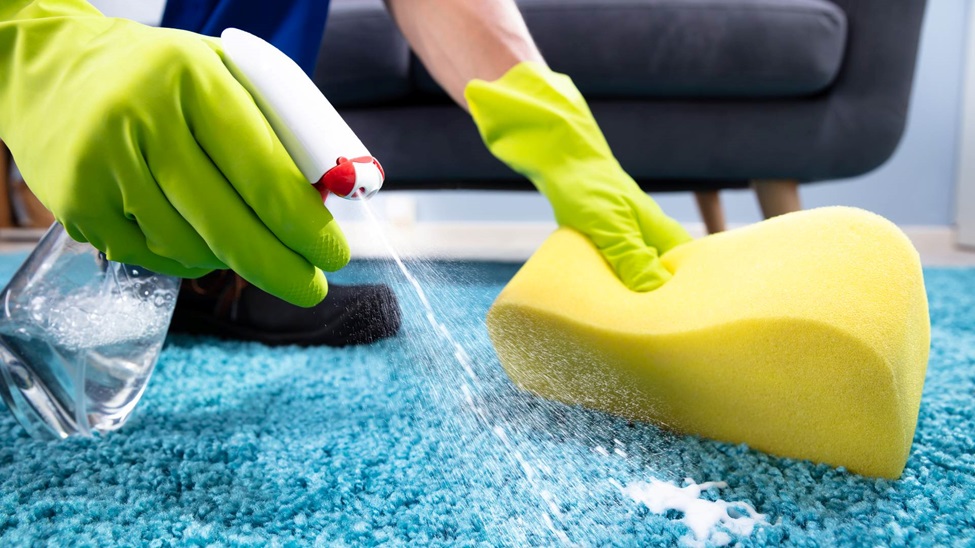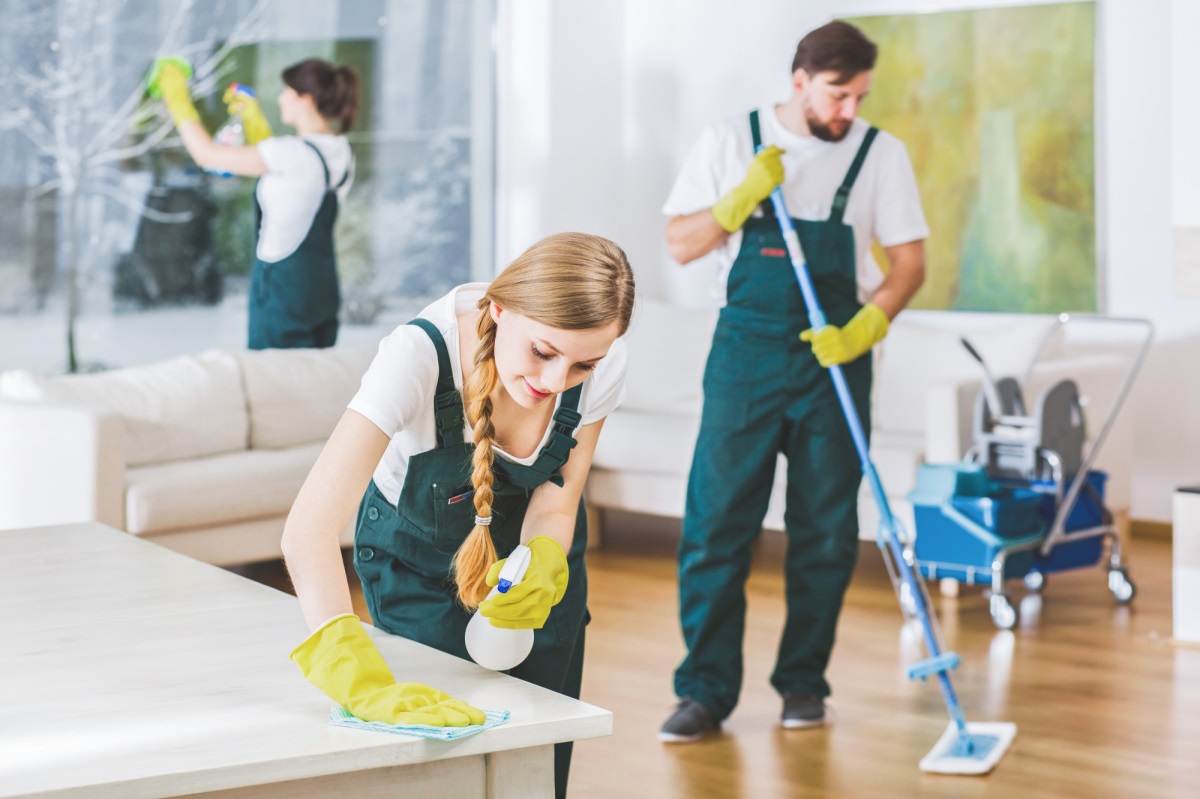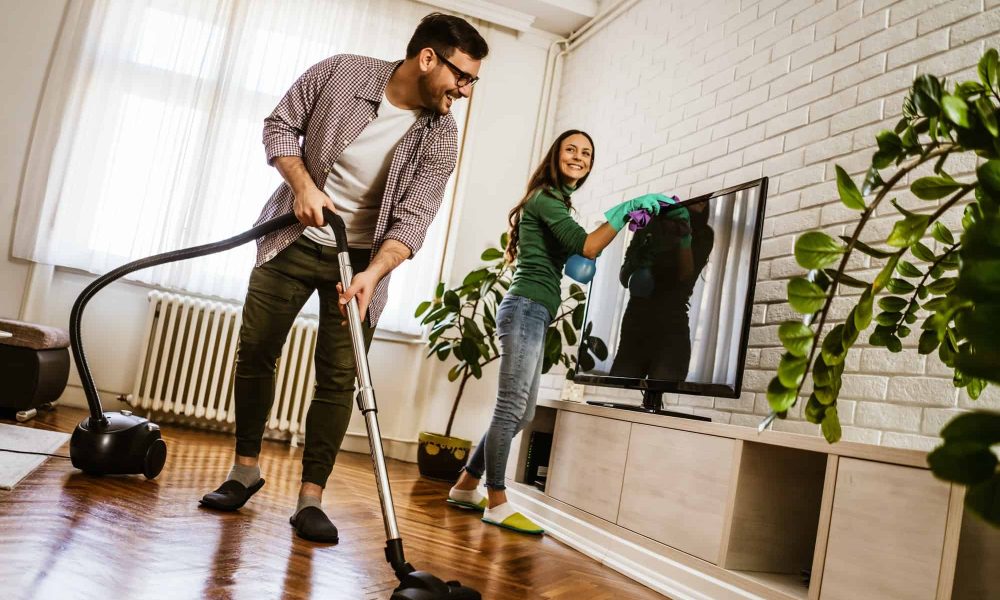Carpets play a significant role in enhancing the aesthetics and comfort of our homes. Over time, though, they accumulate dust, dirt, stains, and allergens, making regular carpet cleaning a crucial task. While professional carpet cleaning services are available, many homeowners prefer the cost-effective and satisfying option of DIY carpet cleaning. In this comprehensive guide, we will take you through the step-by-step process of DIY carpet cleaning, including essential tips, cleaning solutions, equipment recommendations, and common mistakes to avoid. With the right knowledge and a little elbow grease, you can revitalize your carpets and extend their lifespan.
Step 1: Gather Your Supplies
Before diving into the carpet cleaning process, it’s crucial to gather the necessary supplies. Here’s what you’ll need:
Vacuum Cleaner: Begin by thoroughly vacuuming your carpet to remove loose dirt, dust, and debris. This step is essential, as neglecting it can lead to dirt getting trapped in the carpet fibers during cleaning.
Carpet Cleaning Solution: You have several options here, including commercial carpet cleaners, homemade solutions, or environmentally friendly choices. We’ll explore these options in more detail shortly.
Carpet Cleaning Machine: If you have a large area to clean, consider renting or purchasing a carpet cleaning machine (also known as a carpet cleaner or extractor). These machines are designed to deep clean carpets and provide superior results.
Brush or Agitator: Some carpet cleaning machines come with built-in brushes or agitators, but if yours doesn’t, you may need a scrub brush or similar tool to help agitate the cleaning solution.
Bucket: For mixing and diluting the cleaning solution.
Clean Towels or Cloths: To blot excess moisture and clean up spills during the cleaning process.
Step 2: Choose Your Cleaning Solution
The choice of cleaning solution is pivotal in achieving excellent DIY carpet cleaning results. Here are some options to consider:
- Commercial Carpet Cleaners: These are readily available in stores and are formulated to work with carpet cleaning machines. Be sure to follow the manufacturer’s instructions for dilution and usage.
- Homemade Carpet Cleaners: If you prefer a more natural approach, you can create your own carpet cleaning solution. A simple recipe involves mixing equal parts white vinegar and water. Alternatively, you can try a mixture of mild dish soap and warm water. Always test a small, inconspicuous area of your carpet to ensure the solution doesn’t cause discoloration or damage.
- Environmentally Friendly Cleaners: If you’re eco-conscious, look for green carpet cleaning products that are certified to be environmentally safe.
Step 3: Pre-treat Stains and High-Traffic Areas
Before you begin the overall carpet cleaning process, it’s essential to pre-treat any stubborn stains or high-traffic areas. Apply a small amount of your chosen cleaning solution directly to the stain, let it sit for a few minutes, and then gently blot or scrub the stain with a clean cloth or brush.
Step 4: Prepare and Clean with the Carpet Cleaning Machine
If you’re using a carpet cleaning machine, carefully follow the manufacturer’s instructions for setup and operation. Here’s a general process:
Fill the machine’s water tank with the diluted cleaning solution.
Plug in the machine and turn it on.
Starting from one corner of the room, slowly push the machine forward, allowing it to dispense the cleaning solution and agitate the carpet fibers.
Pull the machine backward, vacuuming up the dirty water and cleaning solution.
Continue this process, overlapping each pass slightly, until you have covered the entire carpeted area.
Step 5: Rinse and Extract Residue
After cleaning, it’s essential to rinse the carpet to remove any leftover cleaning solution. Fill the machine’s water tank with clean water and repeat the cleaning process without adding any cleaning solution. This step helps ensure there is no residue left behind, which can attract dirt.
Step 6: Drying the Carpet
Properly drying your carpet is crucial to prevent mold and mildew growth. Here’s how to do it:
Ensure good ventilation in the room by opening windows and using fans.
If possible, avoid walking on the carpet until it is completely dry.
You can speed up the drying process by placing clean, dry towels or cloths on the carpet and pressing down to absorb excess moisture.
Common Mistakes to Avoid
While DIY carpet cleaning can be rewarding, there are common mistakes that you should steer clear of:
Over-Wetting: Using too much cleaning solution or leaving the carpet overly wet can lead to mold and mildew growth. Ensure thorough extraction and drying.
Ignoring Manufacturer Instructions: Always follow the manufacturer’s guidelines for your carpet cleaning machine and cleaning solutions.
Not Testing: Before using any cleaning solution, test it on a small, inconspicuous area of your carpet to ensure it doesn’t cause damage or discoloration.
Scrubbing Too Aggressively: Scrubbing too hard can damage carpet fibers. Use a gentle touch when treating stains.
Conclusion
DIY carpet cleaning can be an effective and cost-efficient way to maintain your carpets’ beauty and cleanliness. By following the steps outlined in this guide, choosing the right cleaning solution, and avoiding common mistakes, you can achieve a professional-level clean carpet and enjoy a fresher, healthier home environment. Remember that regular carpet maintenance not only enhances the appearance of your home but also extends the lifespan of your carpets, ultimately saving you money in the long run.




